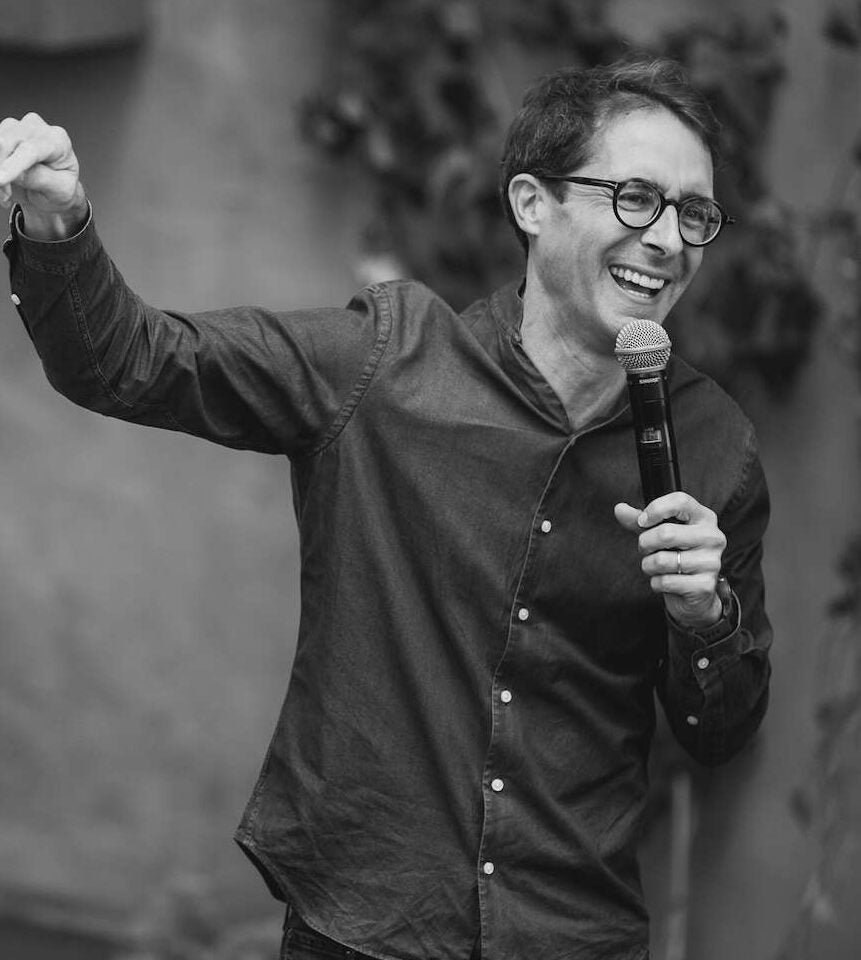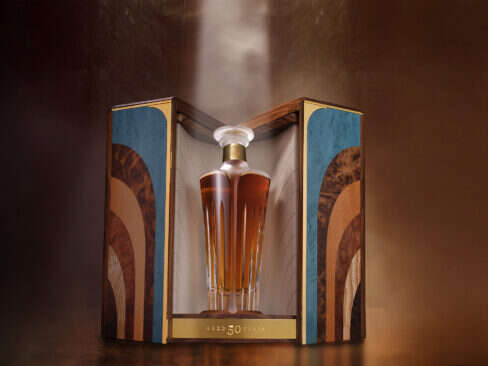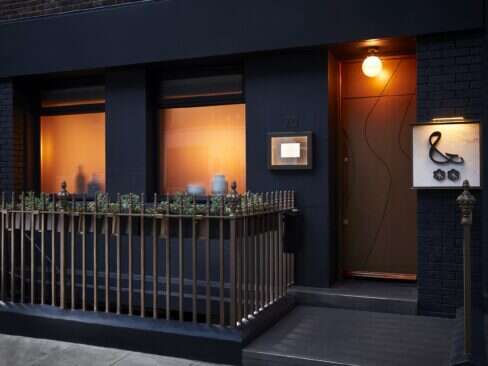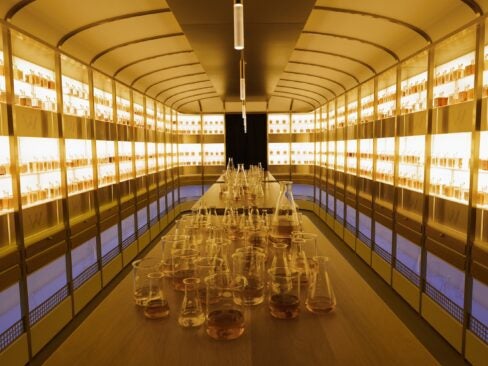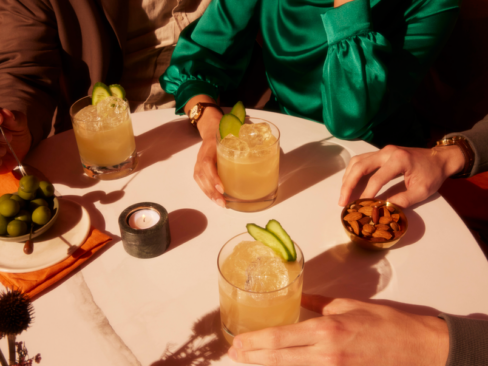Is winemaking an art or a science? It’s a question that has hung over the profession with a weight like grapes in late harvest. And when oenophiles start to discuss the pH of the soil, its moisture content or storage temperatures, you might be tempted to reach for a lab coat and protective goggles. It’s not a question, however, that seems to concern Vincent Chaperon.
For the chef de cave at Dom Pérignon, the answer is conclusive: “Wine is art. It’s about nature, wine is about craftsmanship. To be the embodiment of an aesthetic vision and an emotion; that’s the border between craft and art.”
As certain as he seems, that’s not to say that Chaperon’s job is without precision. Far from it, the very foundation of Dom Pérignon is built on the knowledge (and yeast) first discovered by the monk after whom the eponymous brand is named. And it’s this shared generational wisdom – plus a career in the industry since the age of 21, which he has spent at Dom Pérignon since 2006 – that Chaperon pulls upon to take the risks necessary to elevate his craft; to allow him and his team of pickers to be confident in making decisions that have no real mathematical reason.
[See also: Behind the Scenes Storing Fine Wine at Octavian]
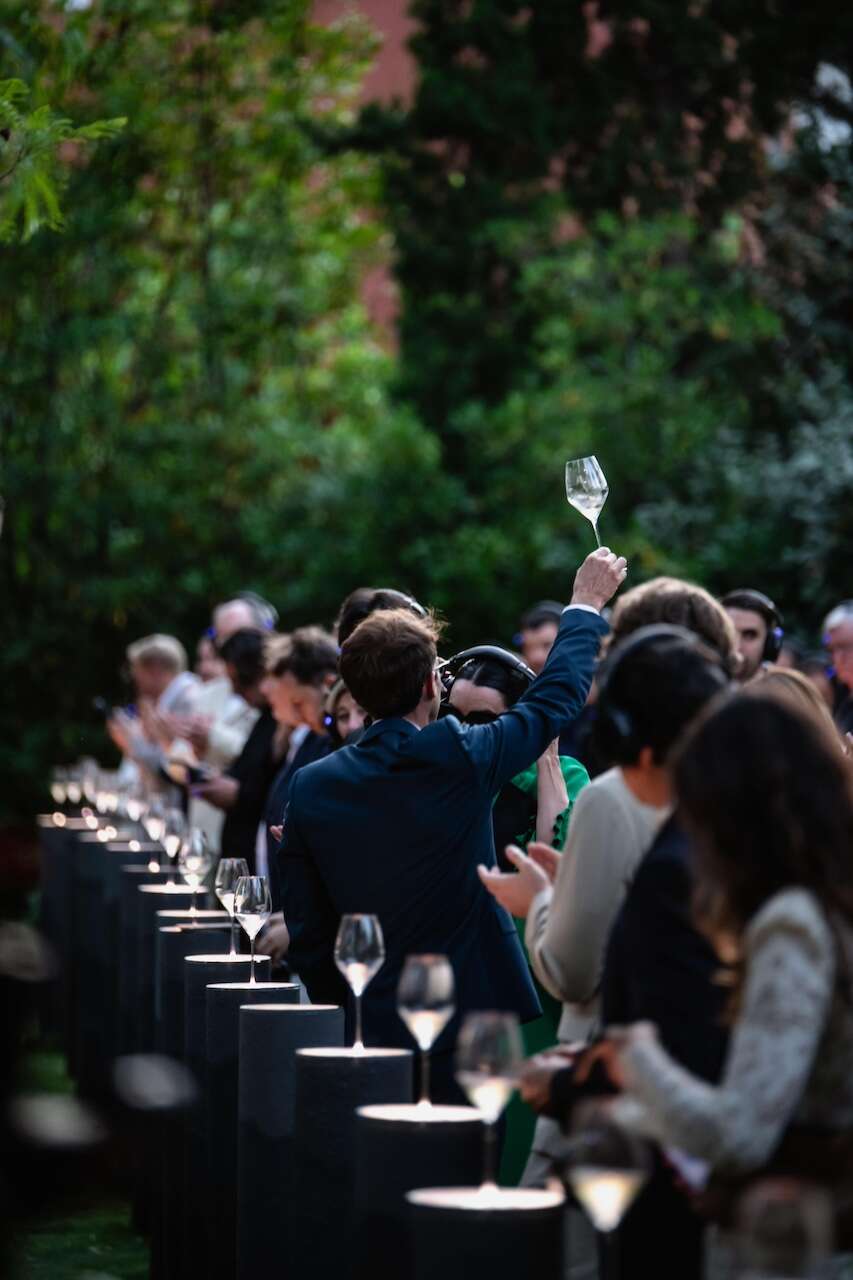
“There’s always a balance between mastery and the unknown,” the chef de cave ruminates. “But there is a matter of intuition, of skills and of repetition. That there is a moment where the intelligence of the body speaks and there is something more profound, mysterious, emotional, which is speaking in what you do.”
Trying to navigate and balance that distinction is all part of the chef de cave’s role at Dom Pérignon. Since the maison only releases vintages with grapes harvested in a single year, there’s always an element of unpredictability when you are at the behest of nature. While the vision at Dom Pérignon may have stayed the same, the conditions are always changing – and with the growing issue of climate change, it’s happening quicker than ever before.
[See also: Master Sommelier Clement Robert on The Birley Wine Club]
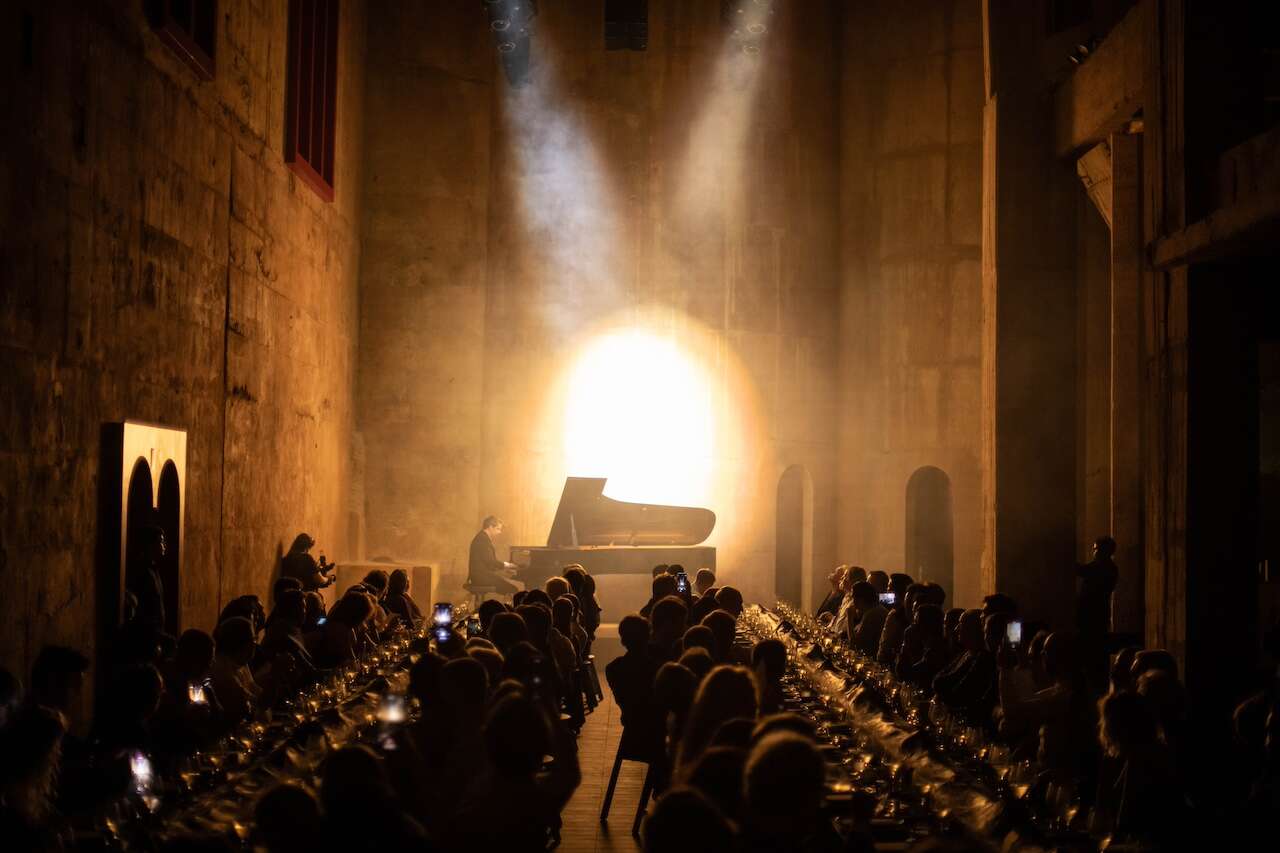
Inviting the world to understand this creative process, in July, Chaperon and Dom Pérignon gathered journalists, artists, creators, sommeliers and esteemed friends of the house to Barcelona for Révélations 2024. The event inaugurated Trace: Pré-Assemblages 2023, Dom Perigion’s first exhibition exploring the year-long creative journey spent in the vineyards of Champagne.
(This conversation with Chaperon, in fact, took place within the stonewalled exhibition space of Palau Martorell, one of the city’s most historical and impressive galleries – where, of course, Chaperon remained impressively poignant considering the celebrations the night before.)
[See also: These Fine Dining Sommeliers Are Pushing Wine Pairing Boundaries]
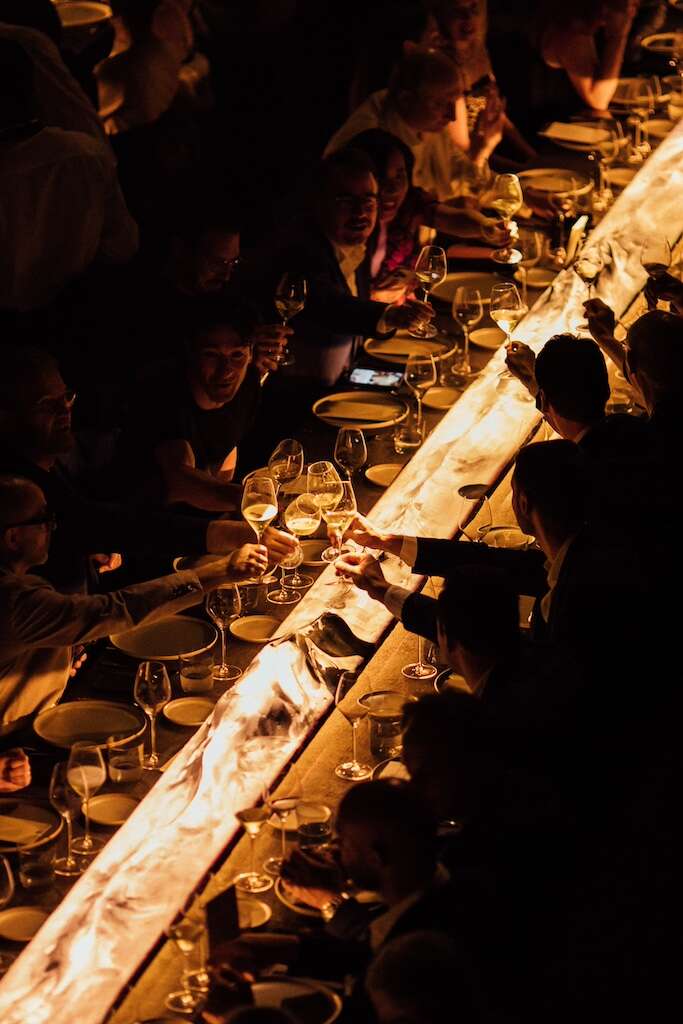
As the fourth iteration of Dom Pérignon’s annual rendezvous, Révélations 2024 was commemorated with an extravagant evening at Spanish architect Ricardo Bofill’s iconic La Fábrica, where Catalonian chef Albert Adrià, along with Niko Romito, served up a menu inspired by the tactility of the two newly unveiled vintages: Dom Pérignon Vintage 2015 and Dom Pérignon Vintage 2006 Plénitude 2.
The result of patience, precision and practice, after an initial maturation of 15 years, it took an additional seven for Dom Pérignon Vintage 2006 to reach Plénitude 2. That time has allowed the initial sweetness of Vintage 2006 to be elevated into a more streamlined version of itself, a saline bitterness that’s balanced by Dom Pérignon’s inherent subtlety and delicacy.
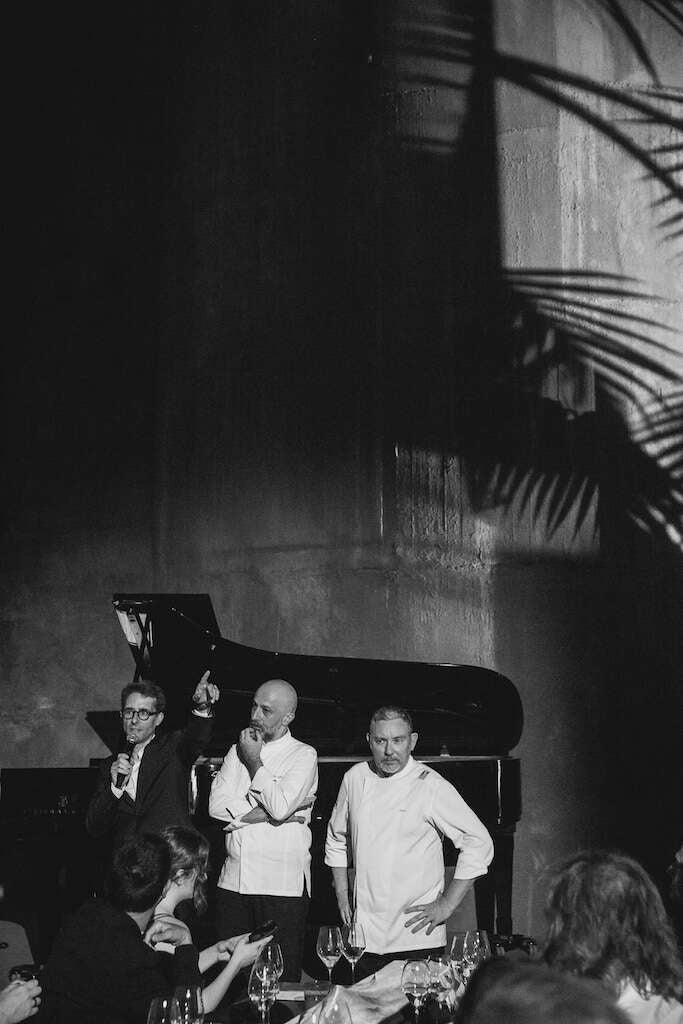
It was Chaperon’s predecessor, Richard Geoffroy, who observed that vintages go through three distinct moments: “Three moments where they were showing this plentitude of deep expression. Three moments when they were different; the same wine but doing something different.” As he explains, a vintage is considered the first Plénitude, generally observed after six to 10 years; Plénitude 2 after 12 to 20 years; and the final Plénitude reached after that.
“You are in a tension between the maturity you feel and the wine’s maturity; with that toastiness, the creaminess, the unami, but still so precise or fresh,” is how Chaperon describes it.
“It’s a moment when the wine is singing higher, with more intensity, you know, like the peak of energy and vibrancy which you have observed in [Dom Pérignon Vintage] 2006 Plénitude 2.”
[See also: Gusbourne’s Laura Rhys on the Rise of English Sparkling Wine]
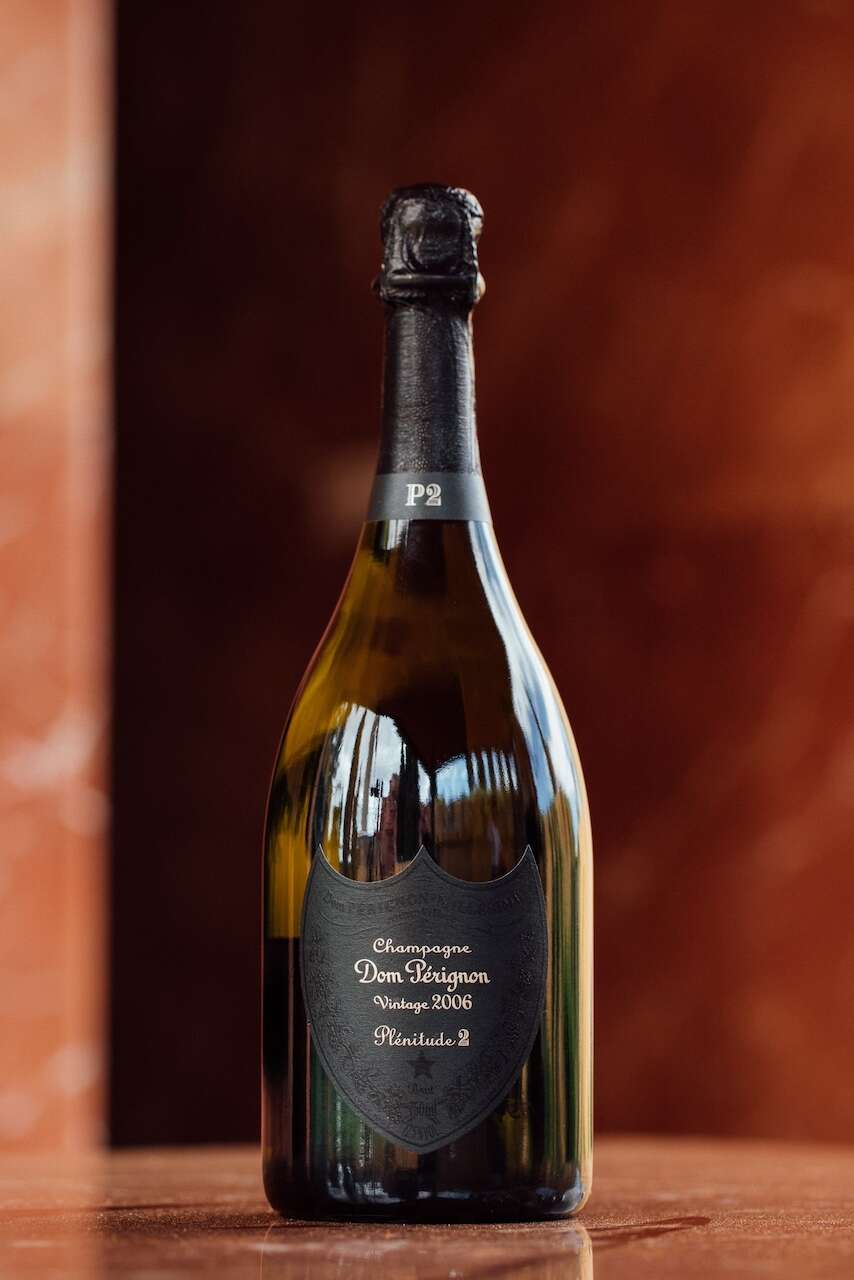
From the very premise of Révélations 2024, down to the way Chaperon describes each and every glass of Dom Pérignon esteemed vintages, you would expect the chef de cave to have grown up surrounded by artists or philosophers. Instead, Chaperon comes from an agricultural family, with his grandmother running the family vineyard in Bordeaux. “My family was selling and making wine from the 15th century, so I really my DNA is from the wine. So if we consider that the wine is a creative dimension, the way certainly I have this DNA.”
It was through writing and reading classical books and poetry that fed Chaperon’s obsessive curiosity and sensitivity towards the arts, a personal discovery that in many ways has led him and the guests at Révélations 2024 to Barcelona. “I have a really deep link with Barcelona. In my professional life, looking back over 20-plus years, I’ve spent a lot of time in Barcelona,” Chaperon reminisced.
“The mode de vivre of Barcelona, its artistic dynamic movement, Barcelona has been really radiant in terms of artistic exposure or resonance, a lot of synergy. I’m a big fan of Catalan artists, like [Antoni] Gaudí, [Salvador] Dalí, [Joan] Miro.”
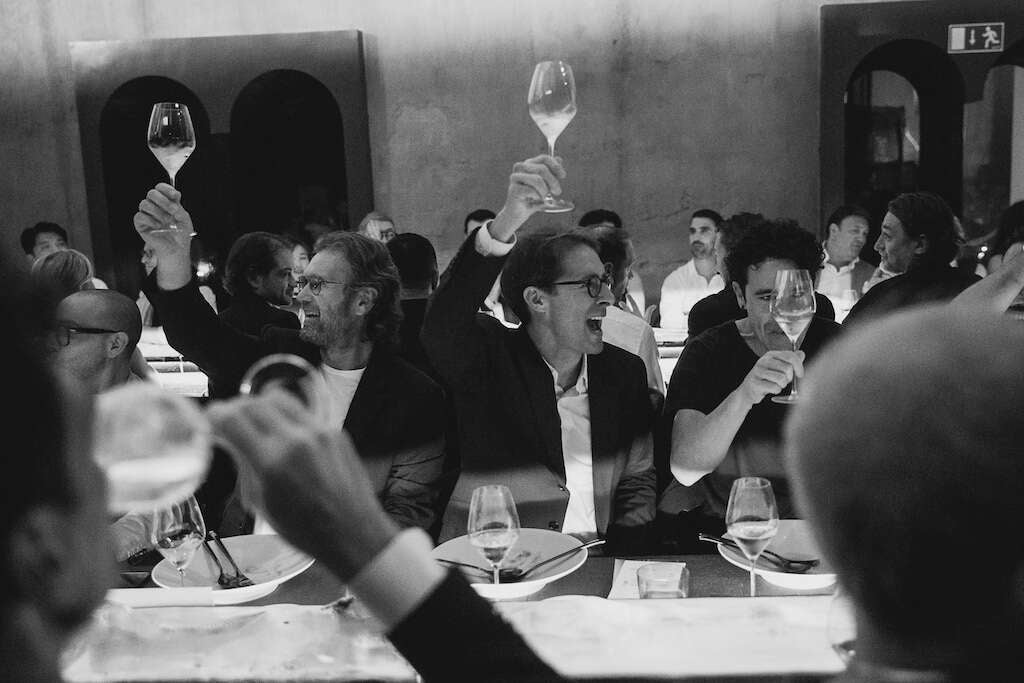
Perhaps it’s no surprise that Chaperon taps into this artist affiliation to describe the maison’s latest vintage release, Dom Pérignon Vintage 2015. Of course, there are the expected, traditional tasting notes – “flesh of fresh peach and nectarine”, which then “envelop into the bitter notes of citrus and gentian” – but Chaperon also brings in visual and abstract reference point: “I was thinking back to the photos of [Hiroshi] Sugimoto, the Japanese photographer, and when I drink and I was preparing to send 2015 out, I was describing an unwavering presence, a presence with authority but without aggressivity.
“With Sugimoto’s photography, it’s black and white photos of the horizon of the sea […] there was a density and there’s an intensity, but everything as well is appeasing. 2015 is about that; it’s present, it’s strong, but appeasing.”
[See also: Mayacamas: A Close Look at One of Napa Valley’s Greatest Vineyards]
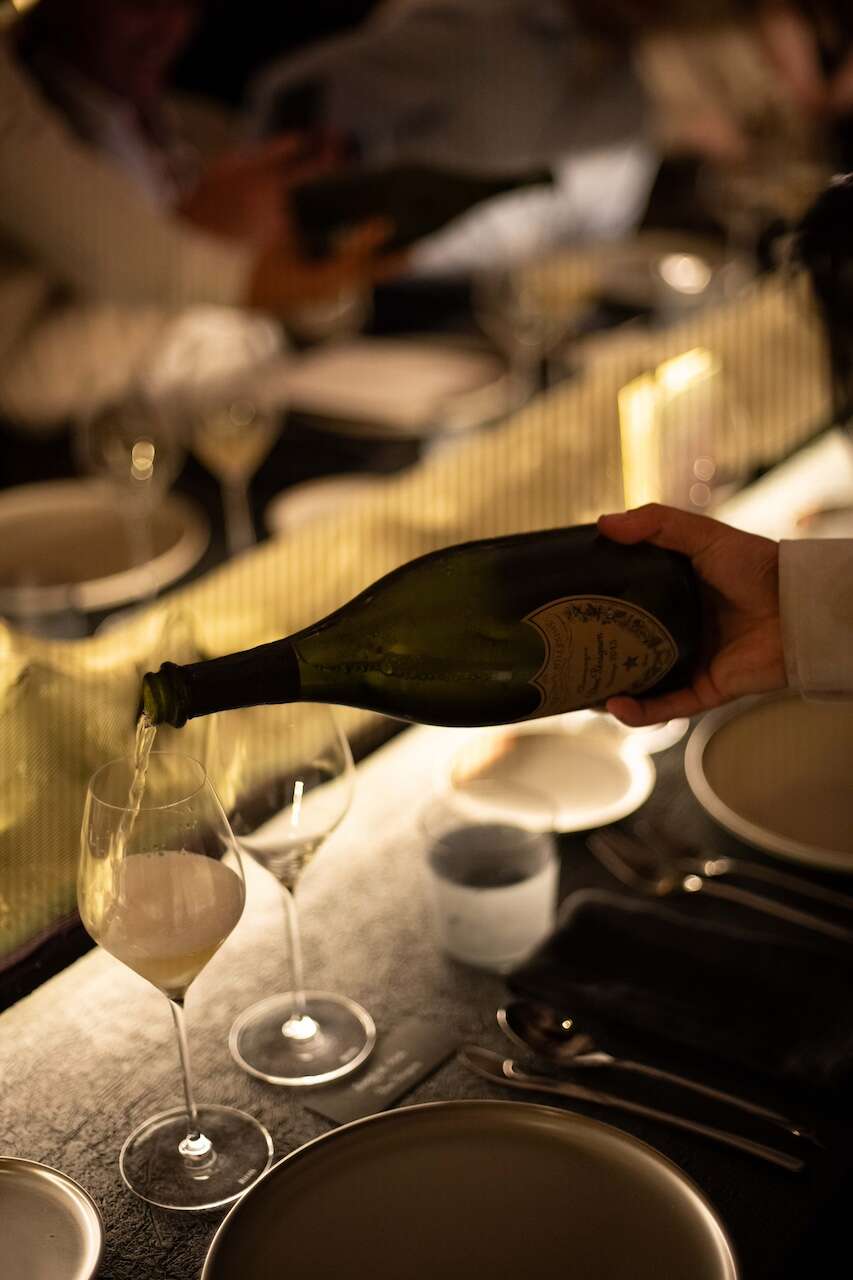
Reaching this point of winemaking’s artistic infraction has been one of Chaperon’s goals at Dom Pérignon: “It’s one of my deep dreams, to really help fine wine to stay at this place, as it has always been, in the core of human beings, since the start of civilization,” he muses. “I’m not here, you know, to keep Dom Pérignon as it is, as it was, as it’s not, but I’m going to develop in its style, of the tradition, of the ‘Trace’.
“Because that ‘Trace’ is alive, but that means the embodiment is super important, to bring your own feelings and emotion.”
[See also: Behind the Scenes at Bollinger: Two Centuries of Fine Champagne]





